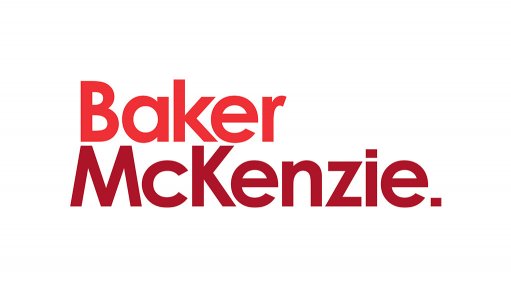
If you enjoyed Top Gun: Maverick in 2022, consider its predecessor, released in South Africa in 1986. That year, we not only imported an iconic movie into our popular culture but also the concept of constructive dismissal into our law. It was 37 years ago that the Labour Court’s predecessor, the Industrial Court, agreed that employers should not act wrongfully to cause the destruction of employment relationships and held that sometimes an employee’s resignation could be seen as the employer having constructively dismissed the employee.
The use of the word constructive has legal meaning "… something the law deems to exist for reasons of fairness and justice, such as notice, knowledge, trust, desertion…" (Murray v Minister of Defence). Usually, when an employee resigns from employment, the employee is not dismissed - only an employer can legally dismiss an employee. Employees end the employment relationship through resignation, retirement or death. Introducing the notion of constructive dismissal allows the law to view employees as having been dismissed in certain instances where this is required as a matter of fairness. An employer shouldn’t benefit from wrongfully causing an intolerable relationship resulting in the employee resigning: fairness dictates that the employee should be deemed to be dismissed, or constructively dismissed. In these circumstances, the employee should also be allowed to claim that the termination was unfair and, where successful, receive compensation (or even reinstatement) as a remedy.
Fast-forward to 1996 and the introduction of the Labour Relations Act (and the first Mission Impossible movie). Constructive dismissal had become a recognised statutory form of dismissal. It confirmed that employees may lodge claims of unfair dismissal at the Commission for Conciliation, Mediation and Arbitration, where they could show their employer wrongfully made continued employment intolerable, resulting in resignation. Like the Mission Impossible franchise, the law on constructive dismissal continues to evolve. A bit of legal make-up and a judicial nip and tuck have produced a wonderfully mature area of law that belies its age.
To succeed in claims for constructive dismissal, employees must prove they resigned from employment. Where the employer dismisses the employee - for misconduct, incapacity or retrenchment - there can be no constructive dismissal. If the employer terminates the employment relationship, it is a(n actual) dismissal. If the employee terminates the relationship (by resignation), it will be deemed a dismissal if the employee proves that the resignation was due to the employer’s wrongful conduct and intolerable working relationship.
Further clarity includes that:
- It must be the employer’s wrongful conduct that causes the intolerability of the relationship, a bad actor or culpable behaviour of the organisation causing the intolerable work situation is generally required.
- In any employment relationship, various events or circumstances could result in the relationship breaking down and becoming incapable of resurrection.
- The employer cannot be held liable for its role in breaking down the relationship if it didn’t do anything wrong.
- The employer must have "without reasonable and proper cause, conducted itself in a manner calculated or likely to destroy or seriously damage the relationship of trust and confidence between employer and employee." (Pretoria Society for the Care of the Retarded v Loots).
- Intolerability is a significant hurdle to overcome, the typical conflict inherent in any employment relationship does not a constructive dismissal victory make: the facts should evidence more than Mission: Unpleasant
- Whilst resignation need not be the measure of absolute last resort to succeed with such a claim, employees should explore other, less-final options to address workplace unhappiness.
Resignation brings the employment relationship to an end, with no guarantee of compensation. A small percentage of constructive dismissal cases succeed at the CCMA. This is not only due to the high legal hurdles to overcome in convincing an arbitrator that the employer acted wrongfully, the procedural steps involved are also more onerous for the employee. Unlike dismissals for misconduct or incapacity, employers are automatically allowed to have legal representation in constructive dismissal disputes at the CCMA. Similarly, the employee must prove the resignation meets the test for constructive dismissal and must present their case first, with the employer responding.
These factors are not aimed at making it unduly difficult to succeed with these claims, but are to guide employees in considering whether they should pursue this drastic course of action. It cannot be in our interest as a nation to flood the labour dispute resolution system with claims of constructive dismissal brought by every employee who feels aggrieved by their employer’s general conduct. Mature organisations and employees find appropriate mechanisms to manage workplace conflict. Our law on constructive dismissal acts as a safety net for those employees whose workplace is less "the best of the best" and more War of the Worlds.
Written by Johan Botes, Partner, Head of Employment, Baker McKenzie Johannesburg